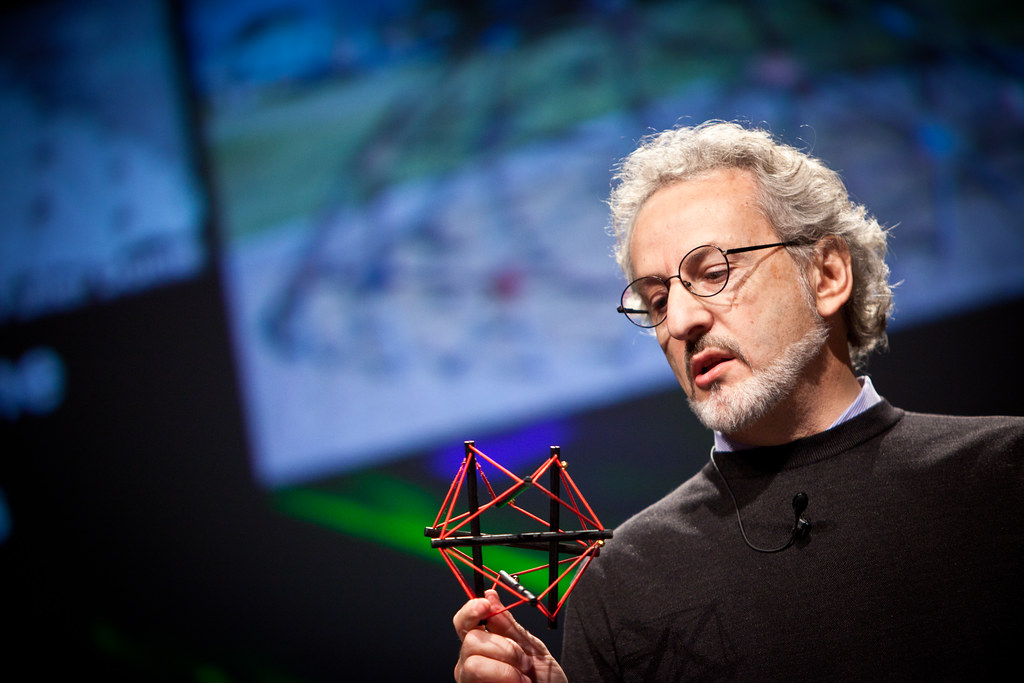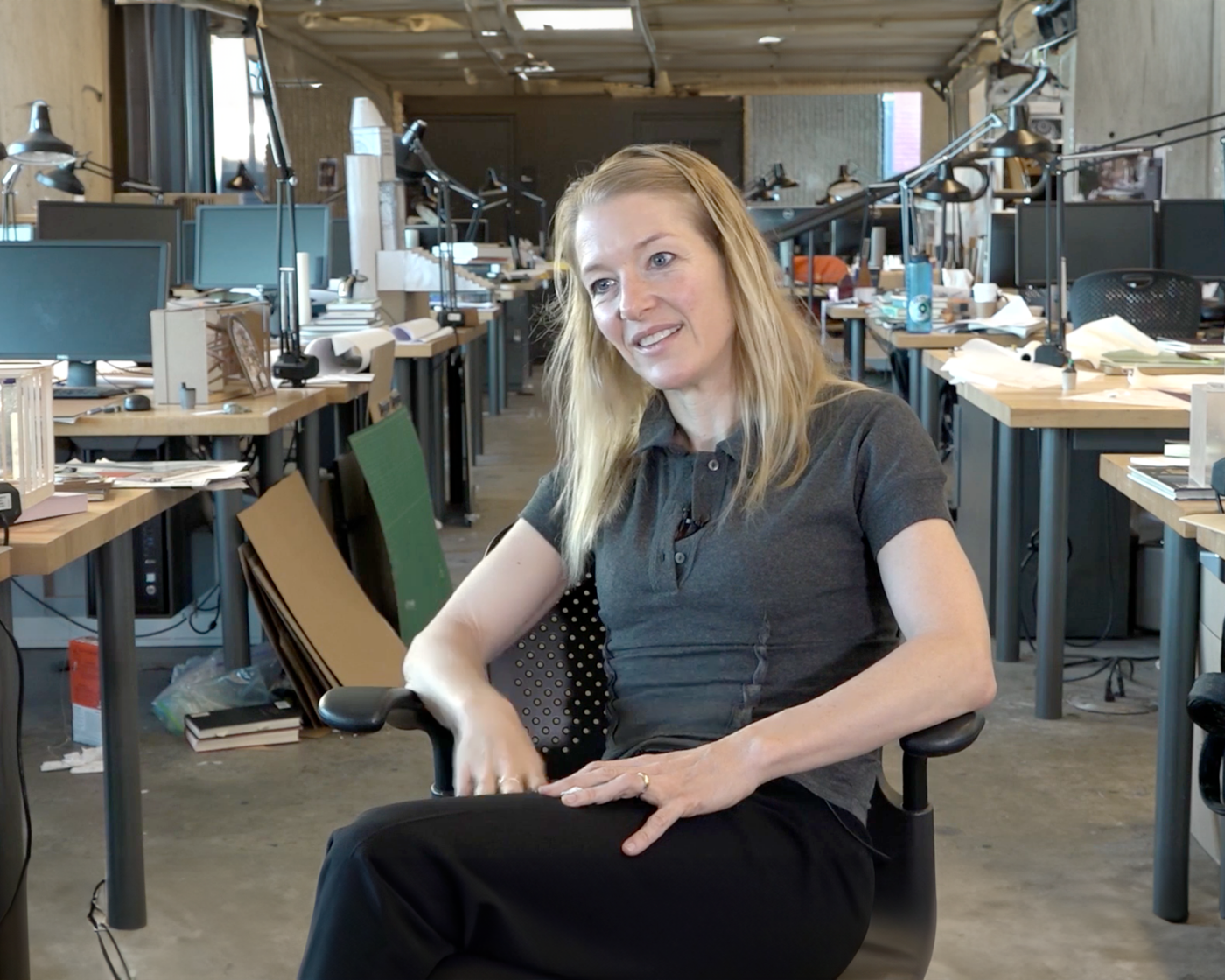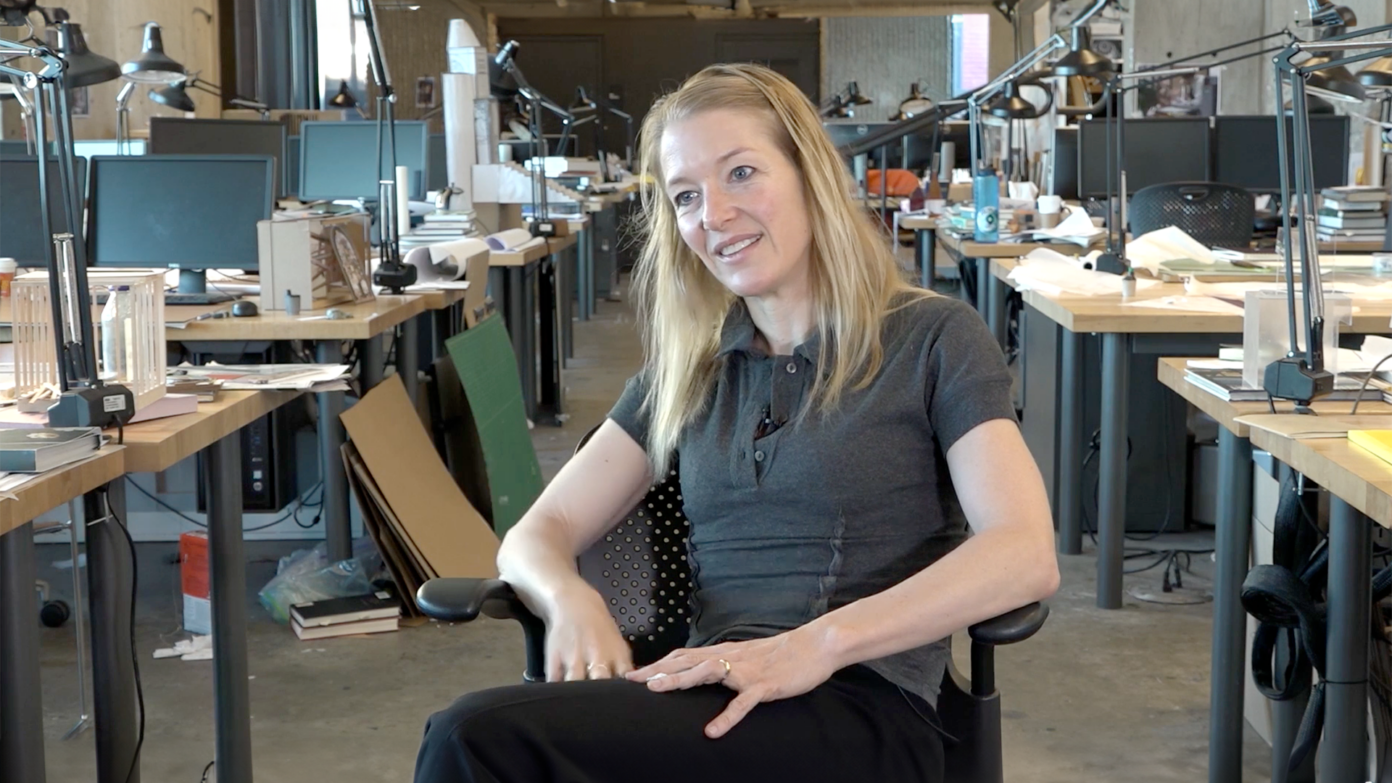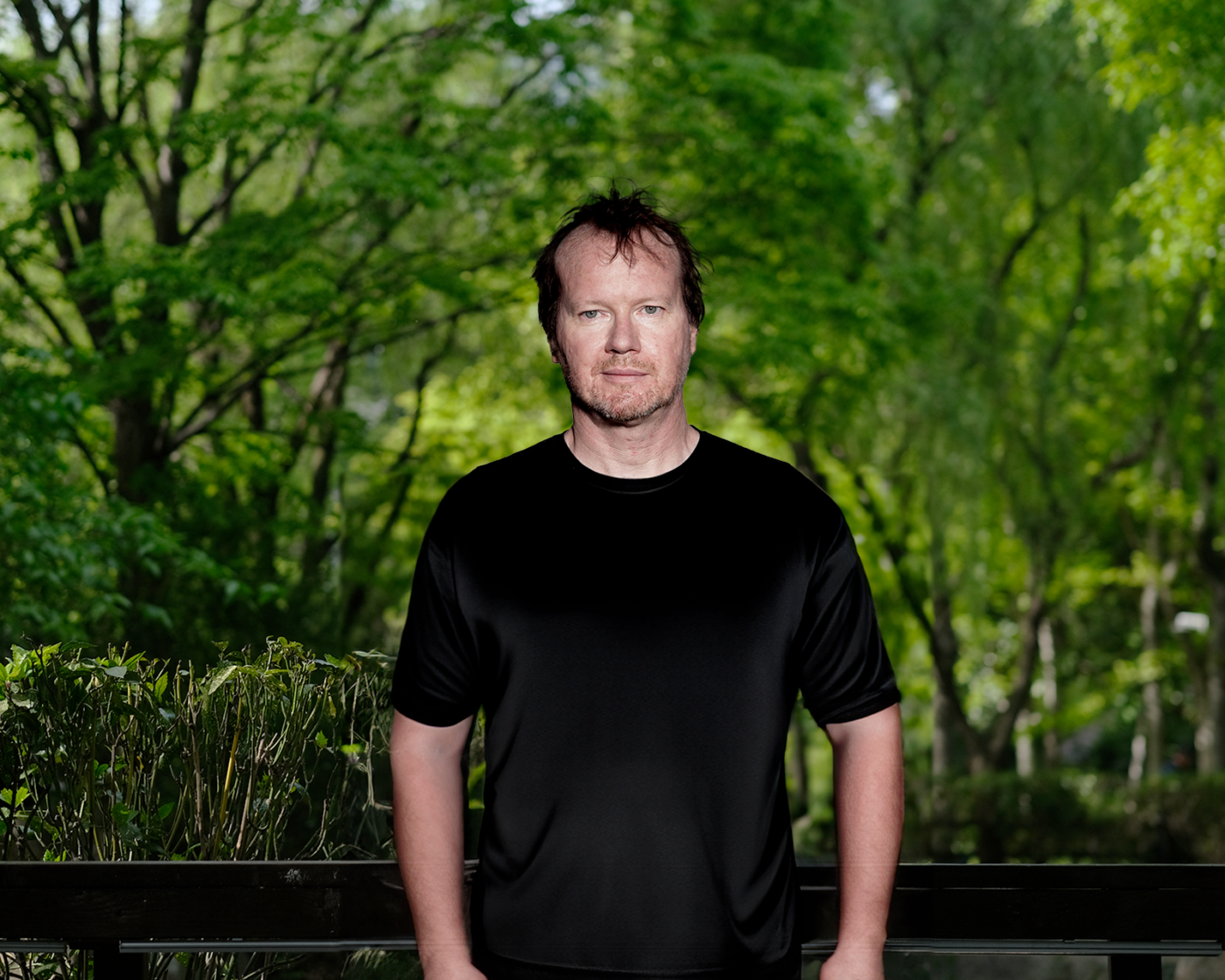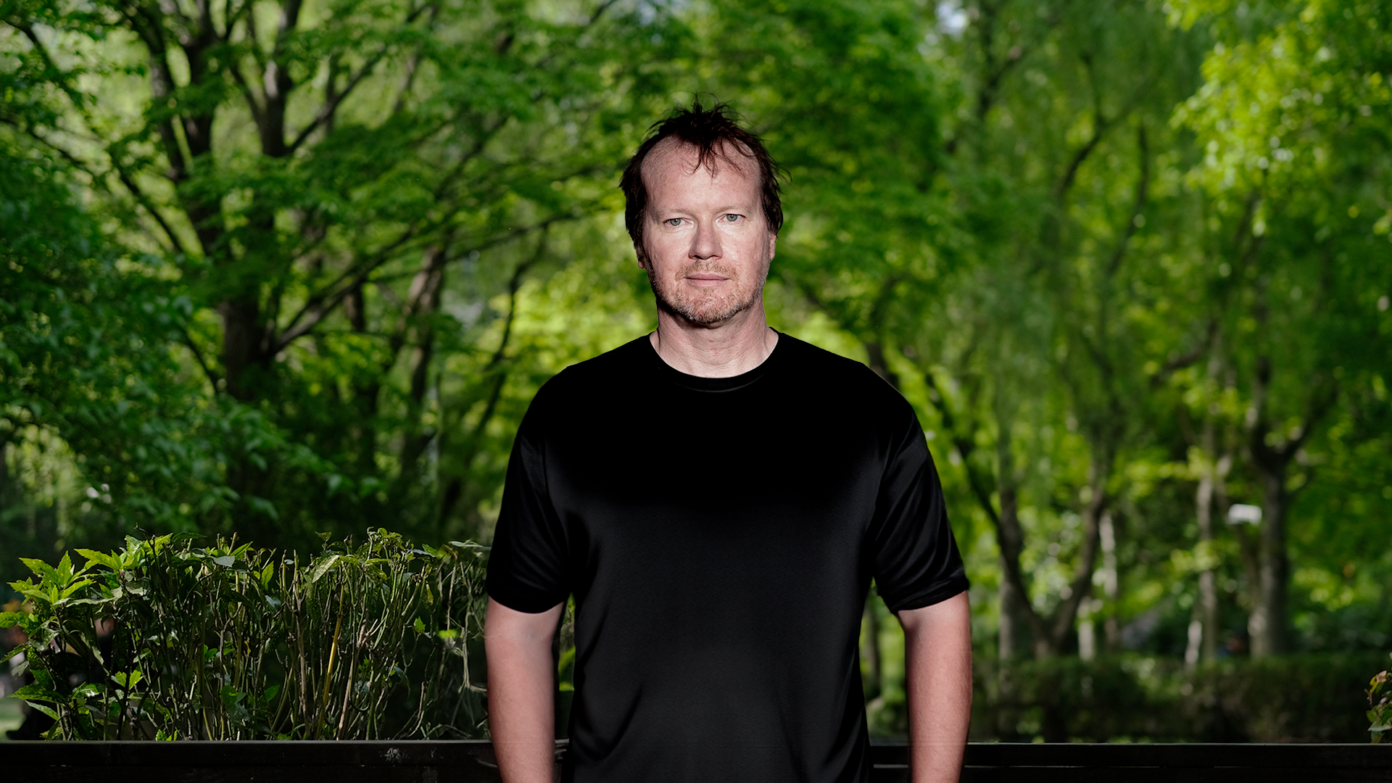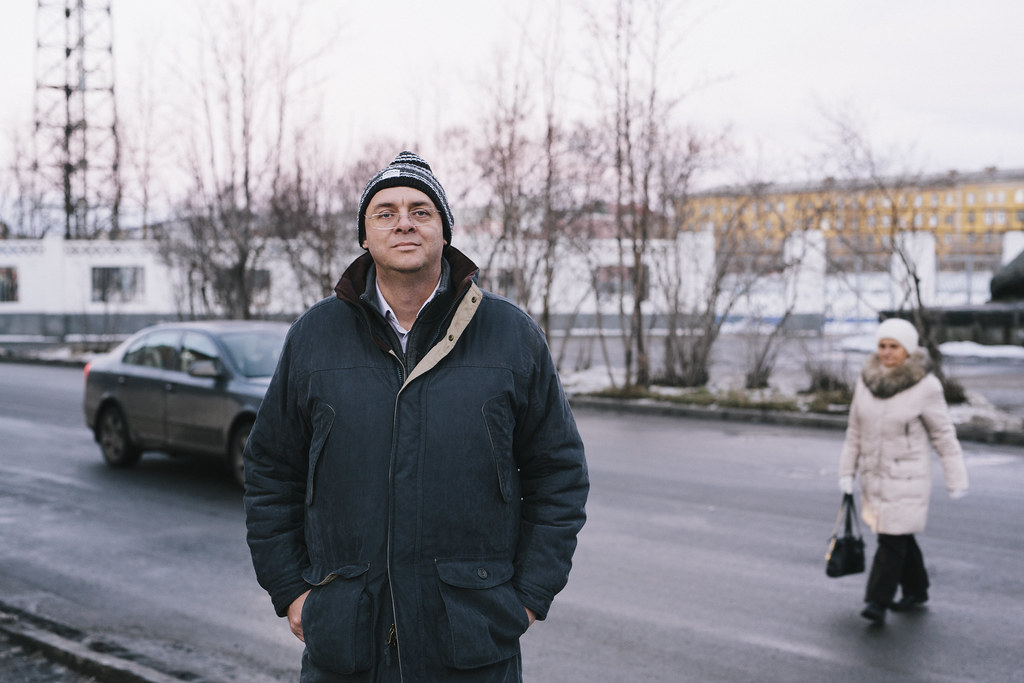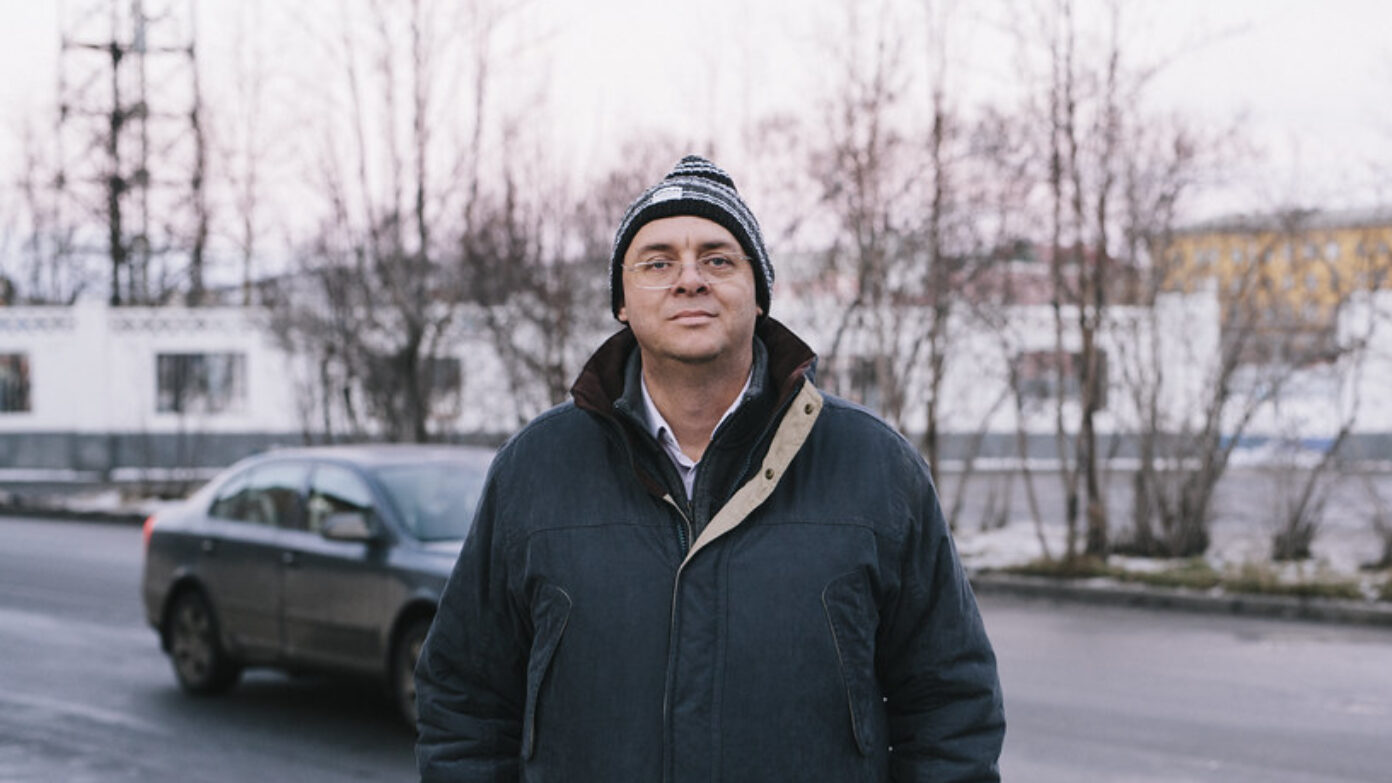Posthuman architecture
Ariane Lourie Harrison, architect, and professor at Yale University tells us about posthuman architecture, a performative and interactive approach to the built environment that addresses multiple species. Scientific technologies have allowed us to increase our knowledge about species (including microbes and bacterias) and establish new ways of communicating with them. This new relationship between human and nature is essential in an architectural context where “greenwashing” often doesn’t actually respect biodiversity and the needs of animal and non-human entities.
